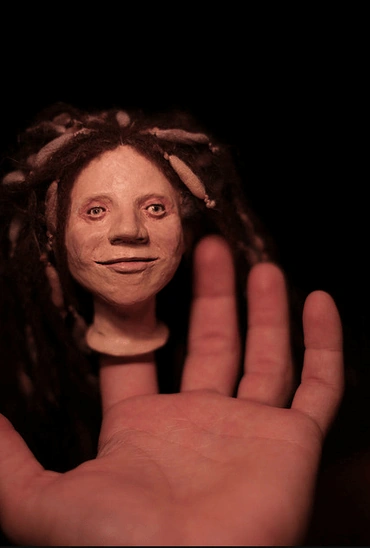1
ノアの子セム、ハム、ヤペテの系図は次のとおりである。洪水の後、彼らに子が生れた。
2
ヤペテの子孫はゴメル、マゴグ、マダイ、ヤワン、トバル、メセク、テラスであった。
4
ヤワンの子孫はエリシャ、タルシシ、キッテム、ドダニムであった。
5
これらから海沿いの地の国民が分れて、おのおのその土地におり、その言語にしたがい、その氏族にしたがって、その国々に住んだ。
7
クシの子孫はセバ、ハビラ、サブタ、ラアマ、サブテカであり、ラアマの子孫はシバとデダンであった。
8
クシの子はニムロデであって、このニムロデは世の権力者となった最初の人である。
9
彼は主の前に力ある狩猟者であった。これから「主の前に力ある狩猟者ニムロデのごとし」ということわざが起った。
10
彼の国は最初シナルの地にあるバベル、エレク、アカデ、カルネであった。
11
彼はその地からアッスリヤに出て、ニネベ、レホボテイリ、カラ、
12
およびニネベとカラとの間にある大いなる町レセンを建てた。
13
ミツライムからルデ族、アナミ族、レハビ族、ナフト族、
14
パテロス族、カスル族、カフトリ族が出た。カフトリ族からペリシテ族が出た。
16
その他エブスびと、アモリびと、ギルガシびと、
17
ヒビびと、アルキびと、セニびと、
18
アルワデびと、ゼマリびと、ハマテびとが出た。後になってカナンびとの氏族がひろがった。
19
カナンびとの境はシドンからゲラルを経てガザに至り、ソドム、ゴモラ、アデマ、ゼボイムを経て、レシャに及んだ。
20
これらはハムの子孫であって、その氏族とその言語とにしたがって、その土地と、その国々にいた。
21
セムにも子が生れた。セムはエベルのすべての子孫の先祖であって、ヤペテの兄であった。
22
セムの子孫はエラム、アシュル、アルパクサデ、ルデ、アラムであった。
24
アルパクサデの子はシラ、シラの子はエベルである。
25
エベルにふたりの子が生れた。そのひとりの名をペレグといった。これは彼の代に地の民が分れたからである。その弟の名をヨクタンといった。
26
ヨクタンにアルモダデ、シャレフ、ハザルマウテ、エラ、
29
オフル、ハビラ、ヨバブが生れた。これらは皆ヨクタンの子であった。
31
これらはセムの子孫であって、その氏族とその言語とにしたがって、その土地と、その国々にいた。
32
これらはノアの子らの氏族であって、血統にしたがって国々に住んでいたが、洪水の後、これらから地上の諸国民が分れたのである。







